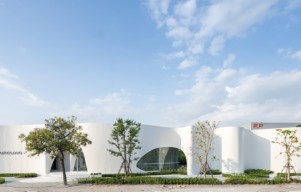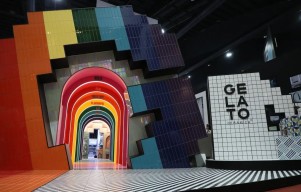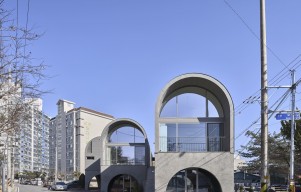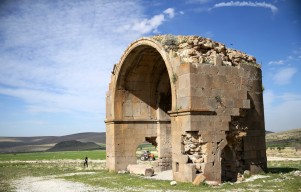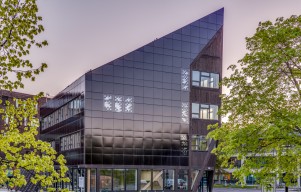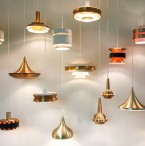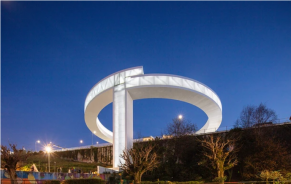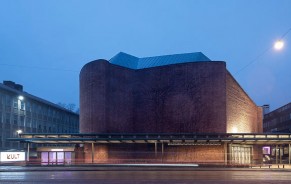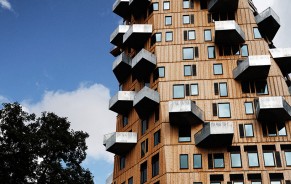Europe was at a crossroads following World War II, juggling the need for spiritual renewal with the devastation caused by conflict. Amidst the debris and ruins, a surprising new wave of church architecture appeared that embraced modernism and deviated from conventional forms. This architectural evolution is vividly documented in 'Sacred Modernity: The Holy Embrace of Modernist Architecture,' a comprehensive six-year study by photographer Jamie McGregor Smith.
A Paradoxical Landscape of Despair and Hope
The landscape of post-war European churches presented a paradoxical mix of despair and hope, reflecting the complex interplay between faith and modernity. McGregor Smith's monograph serves as a visual odyssey, offering a fresh perspective on these architectural marvels that have weathered time. Through his lens, worn and weathered structures are imbued with new life, revealing the dynamic spirit of modernist experimentation that characterized the era.
For spiritual leaders of the time, the call for a new generation of ecclesiastical architecture was urgent. Worshippers' changing sensibilities were no longer in line with the conventional hierarchies and symbolism of the past. Rather, architects had to rethink hallowed areas according to modernist principles: a union of form and function, stripped of ornament and rooted in simplicity.
Also Read: 10 Architectural Wonders Inspired by Romance
Embracing Brutalism and Structural Innovation
Reinforced concrete appears to be a dominating building material during the period of Brutalism, where a certain art language, which is the reason behind this approach, came to be a part of the Brutalism philosophy. In environments such as Germany, Austria, and Switzerland, churches became champions of creativity, where architects were going through changes in structural designs to reach new levels in spatial dynamics. Consequently, a string of breath-catching architectures was established, and they would end up being compared to the majesty of the medieval Gothic cathedrals that had such an effect on their contemporary audience's feelings of timelessness and detachment from the earthly realm.
At the very core of the whole narration, McGregor Smith implies that the Church acts as a means of spiritual transpiration out of the mundane, no matter the religious beliefs that one may have. The artist masterfully uses these images as a medium through which he tries to infuse the heavenly essence of these places and rouse viewers for reflection and self-introspection. This is manifested by the works of an artist who exposes, through the lens, the regal accomplishments of European post-war churches, urging admiration and regard for their work.
Reflecting on Modern Britain's Spiritual Evolution
In a highly compelling summary of his essay, Jonathan Meades analyses the development of modern Britain and the existence of its spiritual needs in a much softer light than in the past. Although she admits the dilemmas behind agreeing with modernity in how ancient traditions differ from contemporary perspectives, Meades believes that these sacred edifices have a timeless feel that escapes the arrest of religious doctrinal bondage.
'Sacred Modernity: 'The Holy Embrace of Modernist Architecture,' being both a tribute to the ingenuity of post-war architects as well as a testament to the resiliency of sacred spaces of this era, stands for both emphasizing their ability to evolve with time and social needs and also for admiring their permanence. Notwithstanding the standpoint on organized religion, the effect of these temples will continue to explore the thirst for the beckon of human existence as spirit would embrace. Through Smith's scopes, the intersection between modernity and religion is teased out, and the images that arise will be beautiful and bring tranquility in the most absent places.
Related Article: Spectrum of Change in Ecclesiastical Architecture Through Contemporary Stained Glass in Modern Church Interiors
